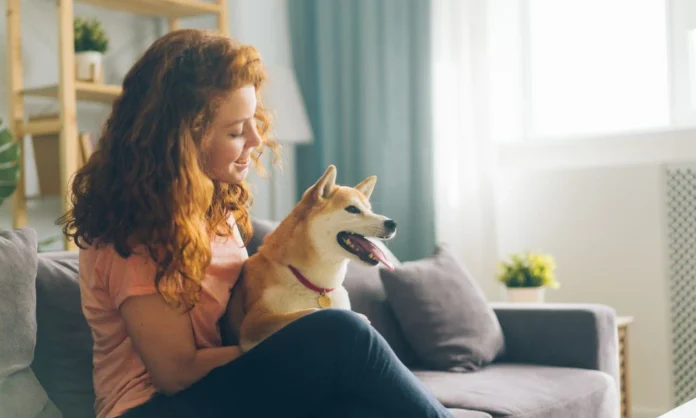Embarking on the adventure of dog-sitting can be immensely rewarding; it allows you to bond with various canine companions and understand more about their unique behaviours and needs. Whether you’re looking to start a side hustle or simply to spend more time with man’s best friend, here are some essential tips to ensure your dog-sitting experience is as enjoyable as it is successful.
Understand Different Dog Personalities and Needs
Before you begin dog-sitting, it’s crucial to understand that each dog, like humans, has its unique personality and needs. Familiarise yourself with the basic traits and care requirements of various dog breed types, which can vary widely in terms of energy level, dietary restrictions, and health care needs. This knowledge will help you provide the best care specific to each dog’s breed and temperament.
Communication is Key
Clear communication with the dog owner is essential – before they leave, ensure you have all necessary information:
- Diet and feeding schedule: Know what, how much, and when to feed the dog.
- Medications and allergies: Be aware of any medications the dog needs, how to administer them, and what allergies they may have.
- Behavioural quirks and commands: Understand the dog’s typical behaviour and any commands they respond to, which can include their routine for walks or any aggressive triggers.
- Emergency contact information: Have the contact information for the dog’s vet and a local emergency contact.
Safety First
Ensure the dog’s environment is safe and secure. Check that all fences and gates are secure to prevent escapes. Remove any hazardous objects the dog might chew on or swallow. Always use a leash during walks unless you’re in a secured, designated off-leash area.
Exercise and Engagement
Exercise is vital for dogs, not only for their physical health but also for their mental wellbeing. Tailor the type and amount of exercise to the dog’s age, health, and breed characteristics – this might mean a couple of daily walks for high-energy breeds or shorter, gentler outings for older dogs. Alongside physical exercise, engage them with mental stimulation through games like fetch or puzzle toys that challenge their mind.
Patience and Consistency
Patience is your best friend when it comes to dog-sitting; each dog will react differently to new caregivers and routines. Some might adjust quickly, while others take time. Consistency in your approach can help ease their anxiety and build trust. Stick to their routine as much as possible and maintain consistent rules as set by the owner.

Prepare for the Unexpected
Always be prepared for unexpected situations. Have a first aid kit handy and know basic pet first aid procedures. Understand common canine emergencies and signs of illness, like excessive vomiting, diarrhea, or changes in behaviour, so you can act quickly if needed.
Record Keeping
Keep detailed notes about your dog-sitting sessions, including what the dog ate, how long they exercised, any medication administered, and general behaviour. This log can be invaluable for both you and the owner to monitor the dog’s health and happiness.
Have Fun!
Dog-sitting is not just about spending time with dogs; it’s about making a positive impact on their lives while ensuring their safety and happiness. With these essentials in mind, you’re well on your way to becoming a trusted, capable dog-sitter who can handle a variety of situations and dog types. Remember, each dog you sit brings a new set of joys and challenges, making every dog-sitting experience a unique adventure.
As you step into the world of dog-sitting, continually educate yourself and grow in your role – it’s a journey that will enhance your understanding of our canine companions and enrich your experiences with them. Happy dog-sitting!










